Scores




The human brain is a remarkable organ that has perplexed and amazed many people throughout the ages. It is arguably the most powerful and most complex organ in the human body, which is responsible for everything from the way we move to what we feel and think.
Many doctors and scientists have devoted their whole lives to learning how a human brain works.
Understanding basic neuroanatomy, i.e. the basic structure and functions of the human brain, is a key component of brain science. When it comes to learning brain anatomy, there are a number of options available, from textbooks to anatomy models.
There are also numerous mobile apps which become popular due to fact that they can be used conveniently on the go. Many of these mobile apps cover the full body anatomy, while some focus on particular organs and systems.
Last week, we reviewed Brain Tutor 3D app, an easy to use, interactive tool that focuses only on the anatomy of the human brain, explaining its structure and functions with the help of high-resolution interactive 3D models of brain and head, as well as MRI scans.
3D Brain app, we review today, offers similar functionalities. This app is basically an interactive 3D brain map, or precisely, a collection of 29 individual maps showing different structures of the human brain, supported by information and reference links.
The app opens in a landscape mode showing an image of the whole brain with its various regions displayed in different colors. There is also a menu on the right containing several options, including Structures, Info, Labels, Search, and Help & About.
Tapping on the Structures icon allows users to select specific structures of the human brain, such as Amygdala, Broca's Area, Hypothalamus, Primary Motor Cortex, and so on.
All structures are displayed in distinctive colors showing their location through a semi-transparent image of the human brain.
Users can use touch-navigation to explore these different structures by rotating the image in all directions, or pinching and zooming to view the structures closely.
Also, users can navigate through different structures by using the arrows below the illustration, which loads each new structure automatically.
Once a structure has been chosen, users can get more detailed information about it by tapping on the Info icon, which provides the overview with a basic summary of the specific structure and its substructures, case studies conducted, information about functions and cognitive disorders associated to the selected structure, as well as association with brain damage.
The information is supported by reference links to research reviews, giving useful information about research projects and experiments conducted in the specific area. These links open outside of the app, usually to PubMed articles. There are also other useful educational links listed to help user supplement their learning about particular brain structures.
Information is exhaustive, yet provided in a concise manner, which makes it particularly useful at the point of care.
Labels icon activates or disables graphic labels, i.e. the scientific names of the different areas of the brain. While this part is active, the image cannot be rotated, i.e. the label can be shown in only one position.
Users can use the Search functionality to look for specific information, such as the names of structures or and functions of the different areas of the brain.
Finally, Help & About section provides more information about the app and its creators, as well as instructions on how to use the app.
Even without instructions, 3D Brain app is easy to use and navigate. In just a few taps users can view illustrations of 29 different brain areas, discover how each of these areas functions, what happens when they are injured, and how they are associated with cognitive disorders or mental illness.
Illustrations are not high quality, at least not in a free version of the app, and don't look good, especially when zoomed in. To unlock the high-quality illustrations of brain structures, as well as improved interface and updated content, users are required to purchase 3D Brain HQ for $0.99.
By paying this small amount, the app users support Cold Spring Harbor Laboratory's DNA Learning Center (the app's creators) in providing valuable educational resources to students, teachers, and the general public.
Overall, 3D Brain is a very useful app to help medical students, as well as healthcare professionals, study basic brain anatomy.
It can be also useful as an educational tool that providers can use to teach patients how particular brain areas might be associated and impaired by certain conditions or trauma.
Benefit: The app is perfect for medical students, researchers, and educators in psychology and biology, as well as physicians treating brain disorders who might find it useful for patient education
Verdict:
For- Easy to use and navigate
- Interactive 3D illustrations showing various areas of the human brain
- Well-referenced information
- Labels disappear when illustrations are manipulated


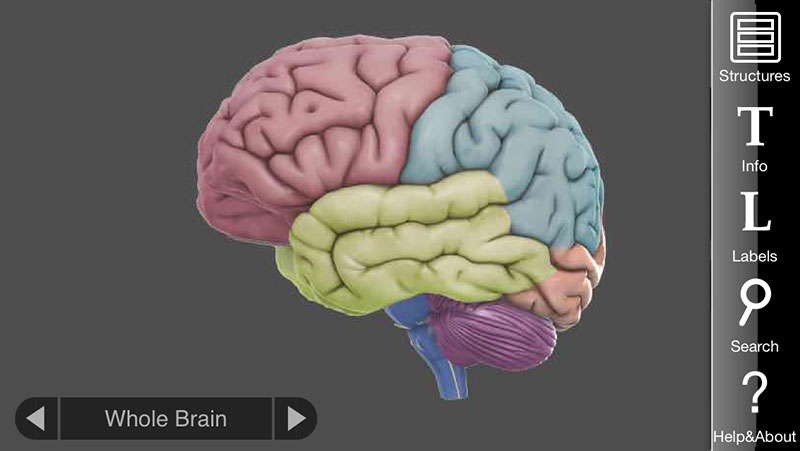
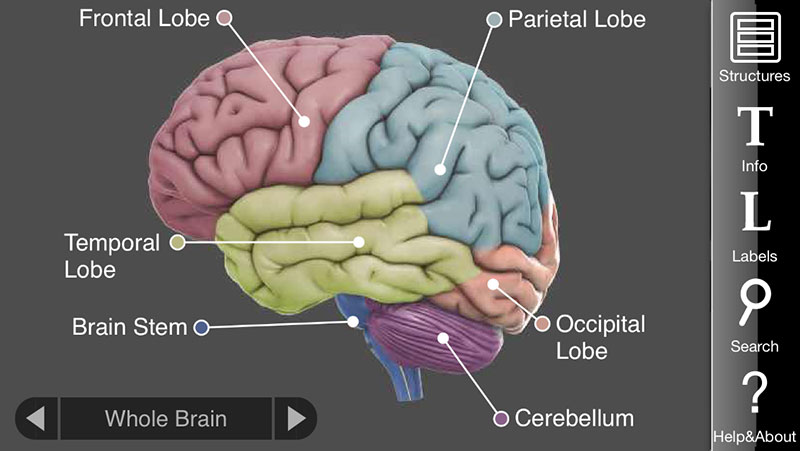
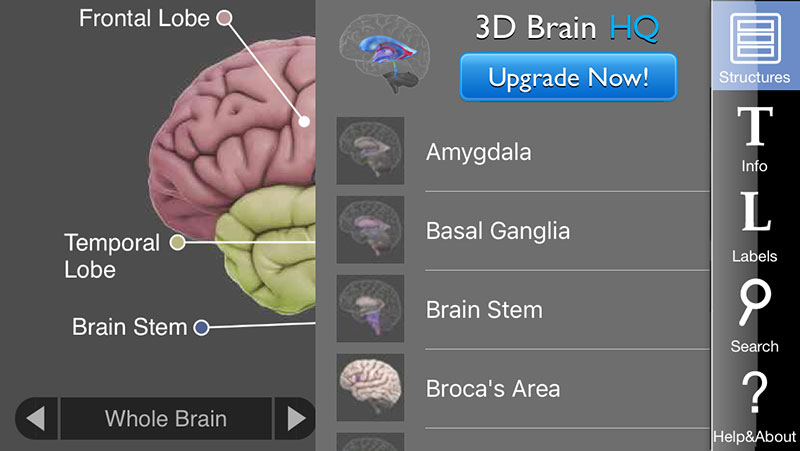
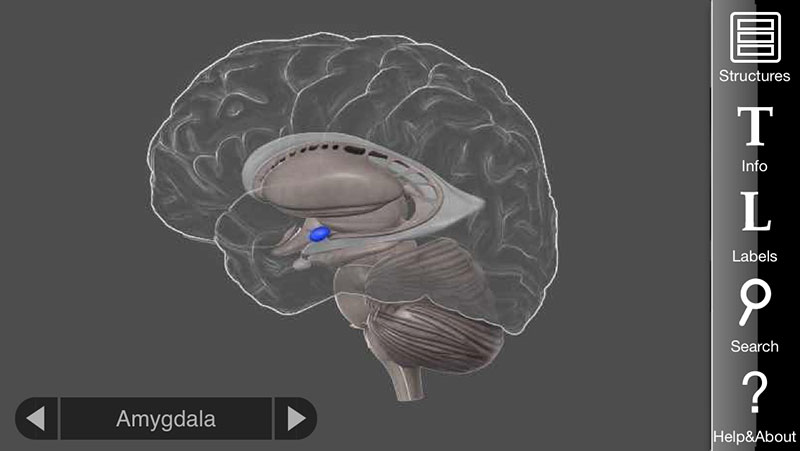
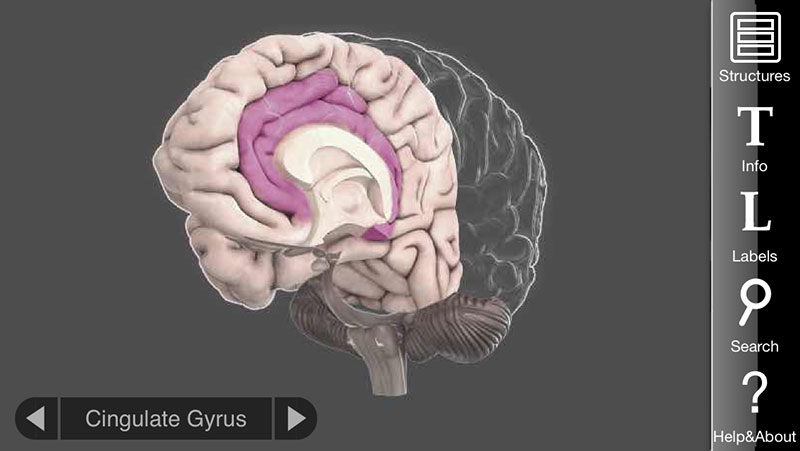

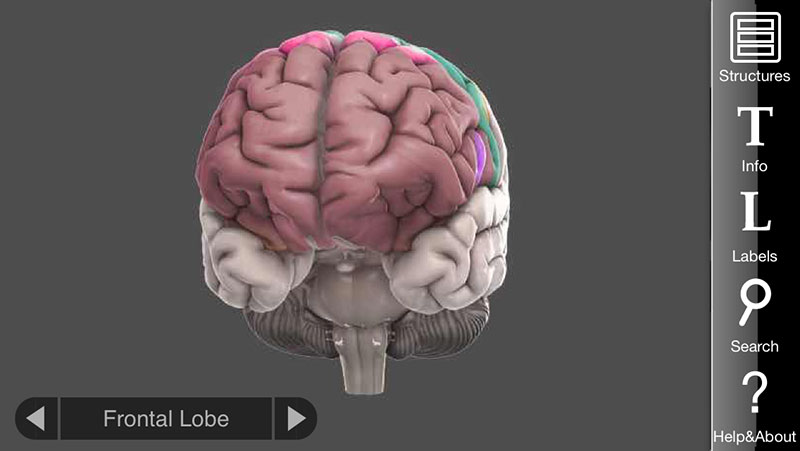
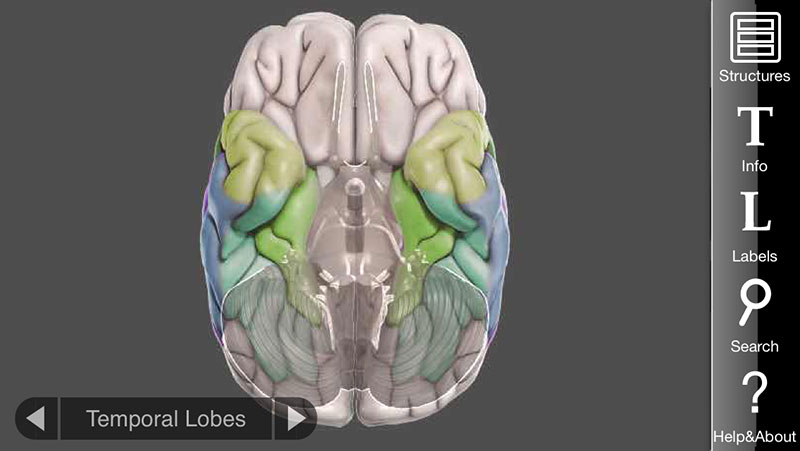

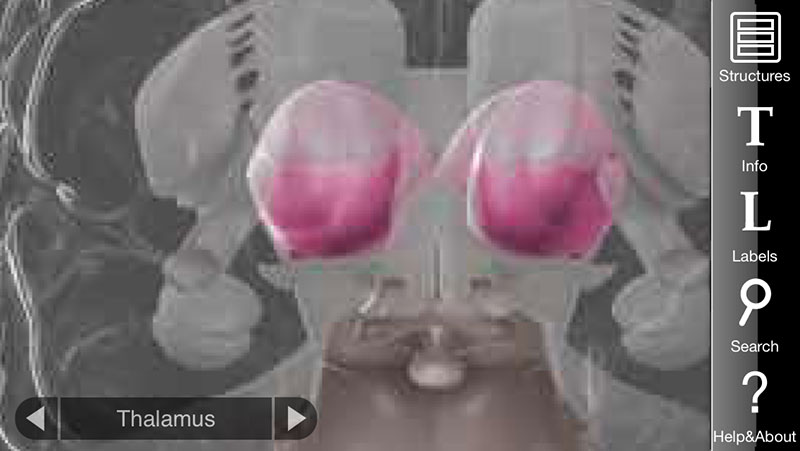
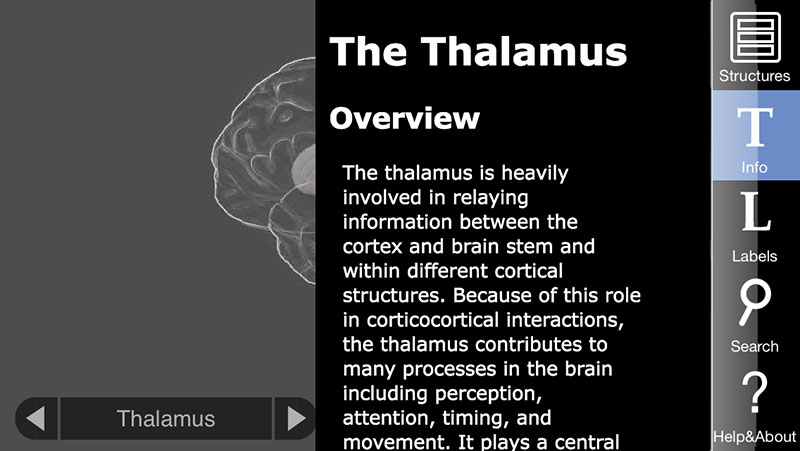
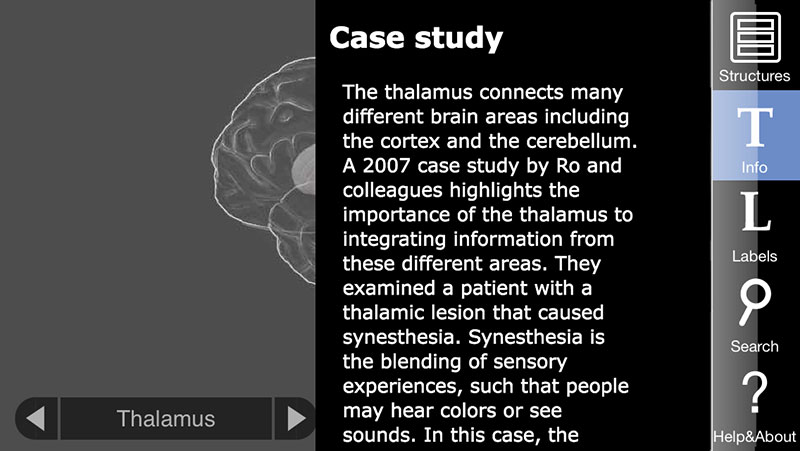
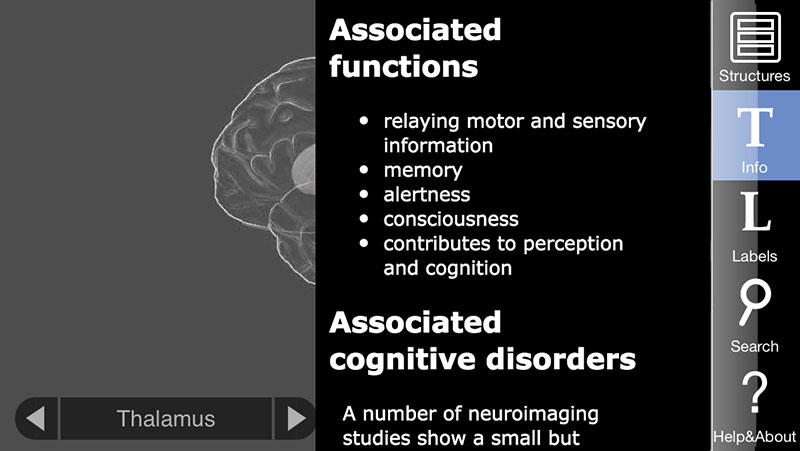
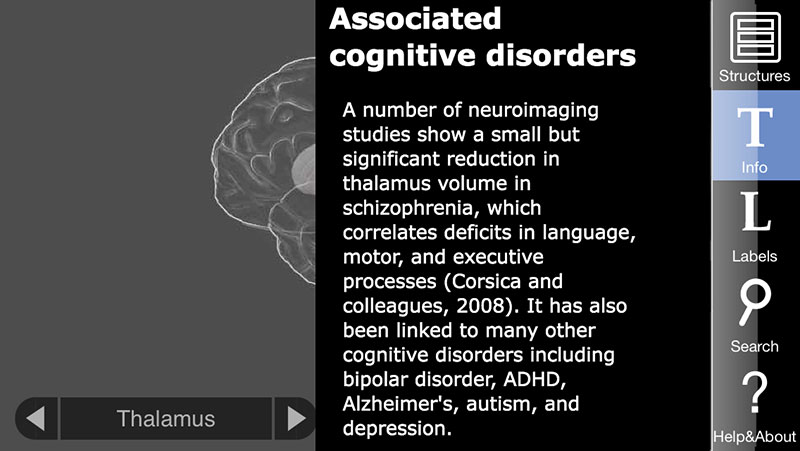
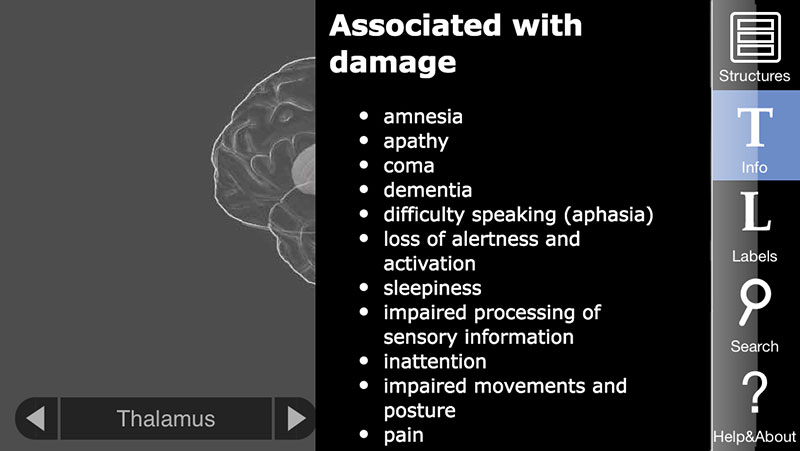
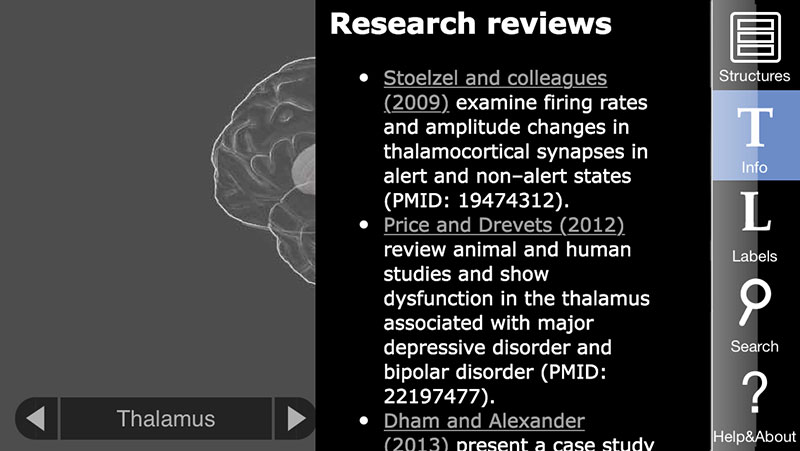
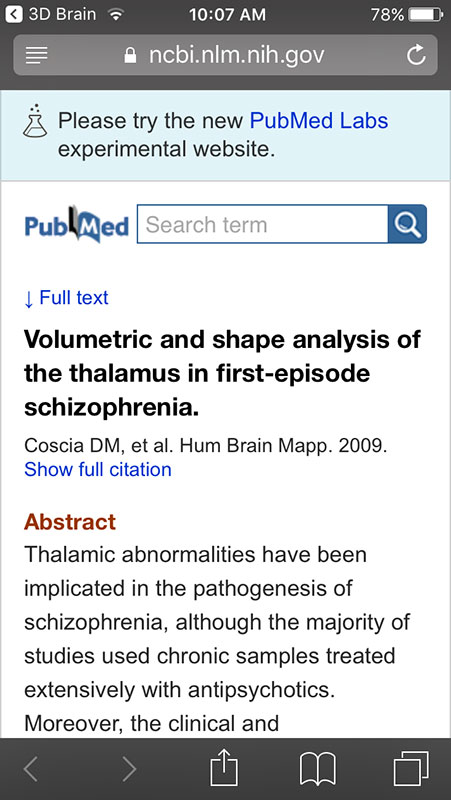
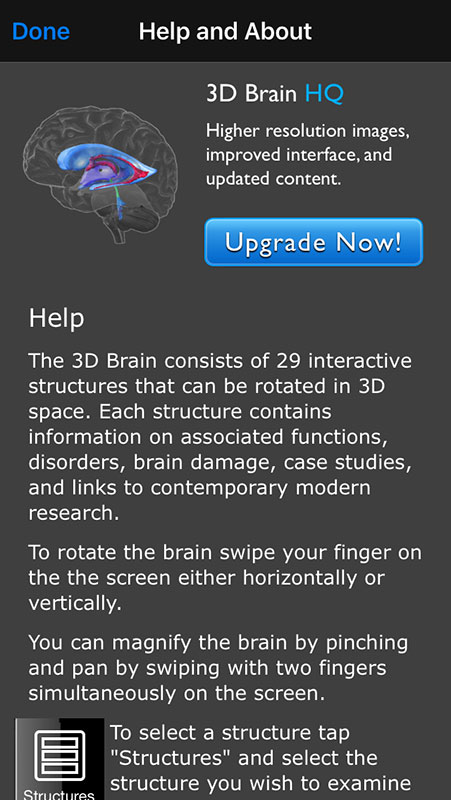
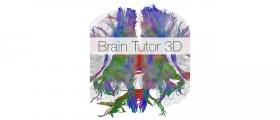


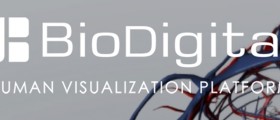
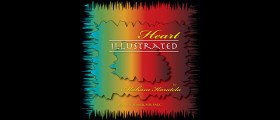


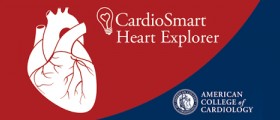
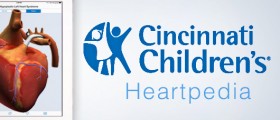


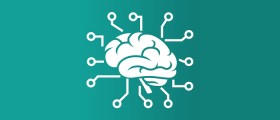








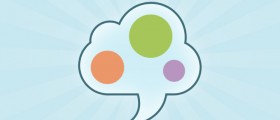



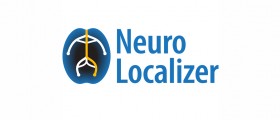


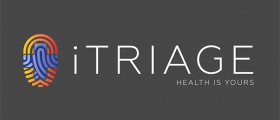
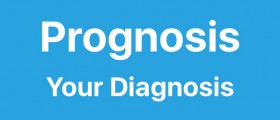

Your thoughts on this
Loading...